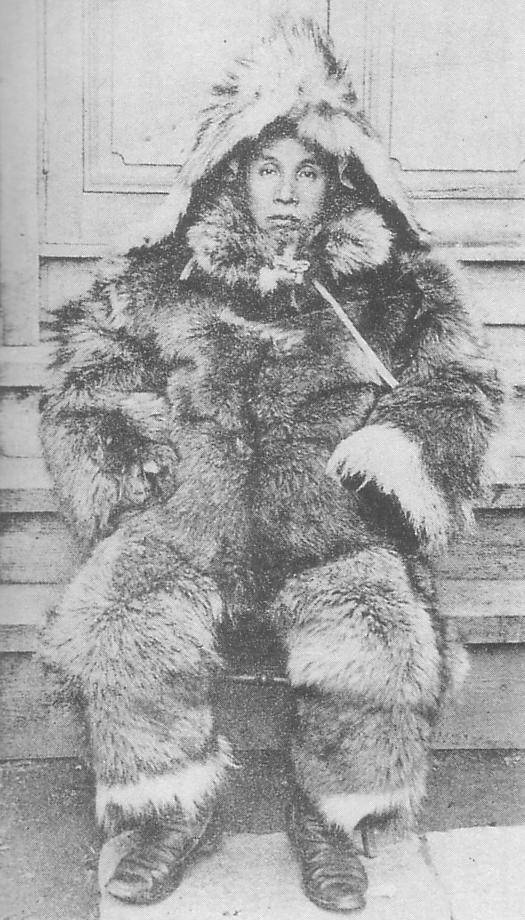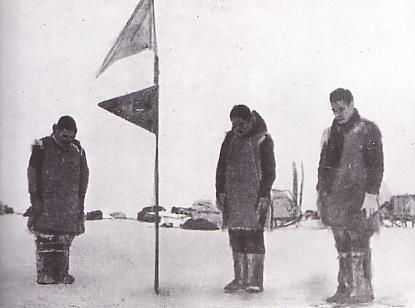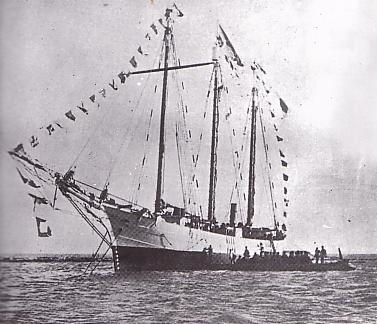Nobu Shirase Biography - Japanese Antarctic Expedition
Nobu Shirase (July 20, 1861 – September 4, 1946) is a popular Japanese explorer that is remembered today for being the first team leader who led the expedition to the coastal area of King Edward VII Land and the eastern part of the Ross Ice Shelf. Even though he and his team met significant challenges both with gathering funding in Japan, weather and reception from resupply areas he visited in Australia, he managed to forge good relations with his fellow polar explorers, most notably expedition party of Roald Amundsen and Sir Edgeworth David.
Nobu Shirase was born in 1861 in what is today part of Japanese Prefecture Nikaho, as the son of the monastery priest. As of age 8 he became protégée of the famous Japanese scholar, natural science educator and Shinto religion theologians Hirata Atsutan. Under his leadership, young Nobu Shirase became educated in many discoveries that were made in the west, including the findings of Columbus, Magellan and John Franklin. Nobu Shirase wrote in his journal that he became obsessed with North and South Pole even at the young age of 11, which solidified his wish to become explorer. Nobu’s first contact with the sea and exploration came during his years in the army, where he visited many islands in pacific, slowly rising to the rank of Army lieutenant.
Plans for visiting North Pole changed in 1909 when Nobu Shirase received news that American explorer Robert Peary has already managed to reach it. He then switched his focus on South Pole, starting a difficulty funding campaign in which he fought against negative public and government perception. He finally got his funding after he secured support of former Premier of Japan, Cout Okuma. Expedition to the Antarctica started on December 1 1910, sailing with the 100 feet long ship Kainan Maru. His first landfall on Antarctica was almost impossible because snowstorms and harsh weather, which forced Shirase to abandon landing on Victoria Land or Coulman Island. With great difficulty he regrouped in Australia where he and his team of explorers were not welcomed by the population and government of Australia. The only rescue came from the side of Professor Edgeworth David who helped Shirase and his team to find accommodation and resources for resupplying his mission. For this gesture, Shirase gifted 16th century katana named “Sword of Friendship” to Edgeworth David, which is even today displayed in the Australian Museum in Sidney.
After winter in Australia, Nobu Shirase and his ship Kainan Maru left again toward Antarctica, managing to successfully make landfall in by then totally unexplored King Edward VII Land and the eastern part of the Ross Ice Shelf. On January 28, they journey on the snow was stopped with bad weather. There, over 100 miles inland, Nobu Shirase decided to return back toward ship. They marked their journey with a Japanese flag that was stuck on a bamboo pole, leaving also buried record of their exploits.
After over 30 thousand miles of sailing, Nobu Shirase and his small team returned to Japan on June 20, 1912. Even though almost no one was present when he left, his return home promoted him into hero. He died in 1946 at the age of 84.


